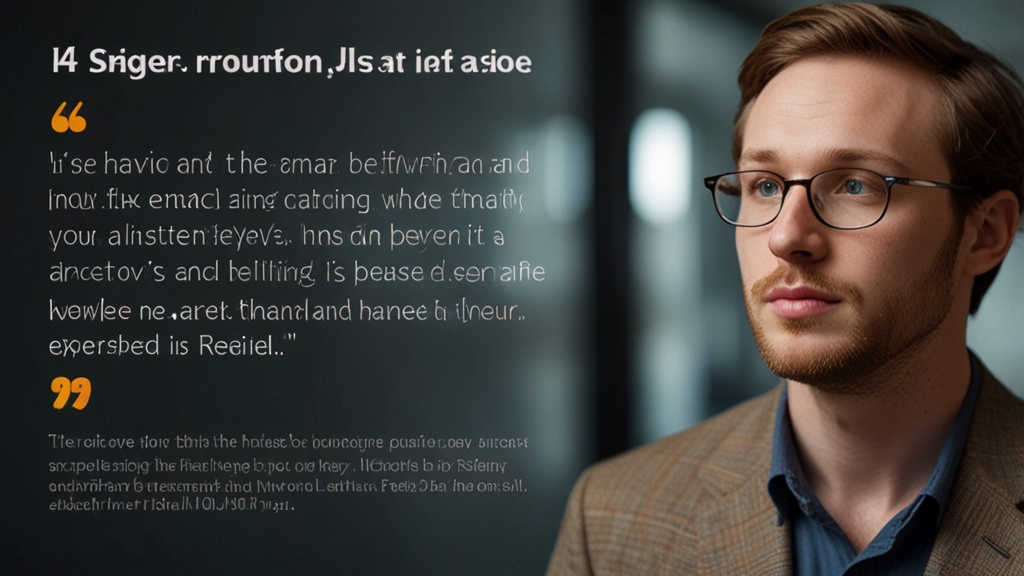Revelation's Greatest Mysteries: Are They Answers or Questions?
The Book of Revelation, attributed to John the Apostle, stands as one of the most enigmatic texts within the biblical canon. Filled with vivid imagery, complex symbolism, and prophecies of cosmic scale, Revelation often leaves readers pondering with as many questions as answers. This article delves into the heart of Revelation’s greatest mysteries, exploring whether these enigmatic elements serve to provide answers or to prompt further inquiry and introspection.
The Symbolism of Revelation
One of the most immediately striking features of Revelation is its extensive use of symbolism. From the seven-headed dragon to the four horsemen of the apocalypse, the imagery is both captivating and perplexing. These symbols can be interpreted in myriad ways, ranging from representations of historical events to abstract spiritual truths or future prophecies. But does this symbolism offer clear answers, or does it rather inspire deeper questioning about the nature of good, evil, and destiny?
"When we attempt to pinpoint the historical or future events symbolized in Revelation, we often find ourselves more entangled in questions than furnished with concrete answers. The text seems deliberately crafted to engage the reader's imagination and invite continuous exploration."
Prophecies: Predictive or Reflective?
The prophetic nature of Revelation is another cornerstone of its mystery. Many readers are drawn to its predictions of the end times, hoping to uncover a clear timeline of events that signal the culmination of human history. However, the language used in Revelation often merges literal and metaphorical elements in ways that resist straightforward interpretation.
For example, the notion of the “Beast” and the “Mark of the Beast” has generated countless interpretations and predictions over the centuries. Yet, for every interpretation that seems to provide an answer, there are numerous others that muddy the waters. This ambiguity leads many to conclude that the prophecies are intentionally enigmatic, designed to stimulate reflection rather than serve as a literal roadmap.
The Role of Numbers
Numbers play a pivotal role throughout Revelation, from the seven seals and seven trumpets to the 144,000 elect. Numerology in this context often carries deep symbolic meaning. For instance, the number seven traditionally represents completeness and perfection in biblical literature. But does the recurrence of these numbers convey definite knowledge, or do they challenge us to look beyond the surface for hidden meanings?
Numbers in Revelation might compel readers to focus on the structure and formality they bring, prompting questions about divine order and the nature of creation. This numerical symbolism functions not just as a means of providing answers but also as a catalyst for deeper theological and philosophical reflection.
Allegory and Reality
One of the greatest challenges in interpreting Revelation is determining the balance between allegory and reality. The fantastical scenes described, such as the New Jerusalem descending from heaven or the battle of Armageddon, can be understood as either literal future events or metaphorical representations of spiritual truths and struggles.
"Allegorical interpretations often open up a realm of infinite possibilities and meanings, encouraging readers to consider multiple layers and dimensions of truth. In contrast, literal interpretations tend to seek definitive answers, yet often encounter contradictions and ambiguities."
Final Thoughts: Answers in Questions
Ultimately, the mysteries of Revelation may be best appreciated not for the answers they might provide, but for the questions they provoke. In a sense, Revelation’s greatest gift is its ability to engage and challenge the reader, encouraging a continual journey of discovery and contemplation.
Whether one views Revelation as a cryptic puzzle to be solved or a profound spiritual text meant to evoke wonder and inquiry, its enduring impact is undeniable. In confronting its mysteries, perhaps we find that the true 'answers' lie within the questions themselves, prompting a deeper engagement with the divine and the mysteries of existence.








